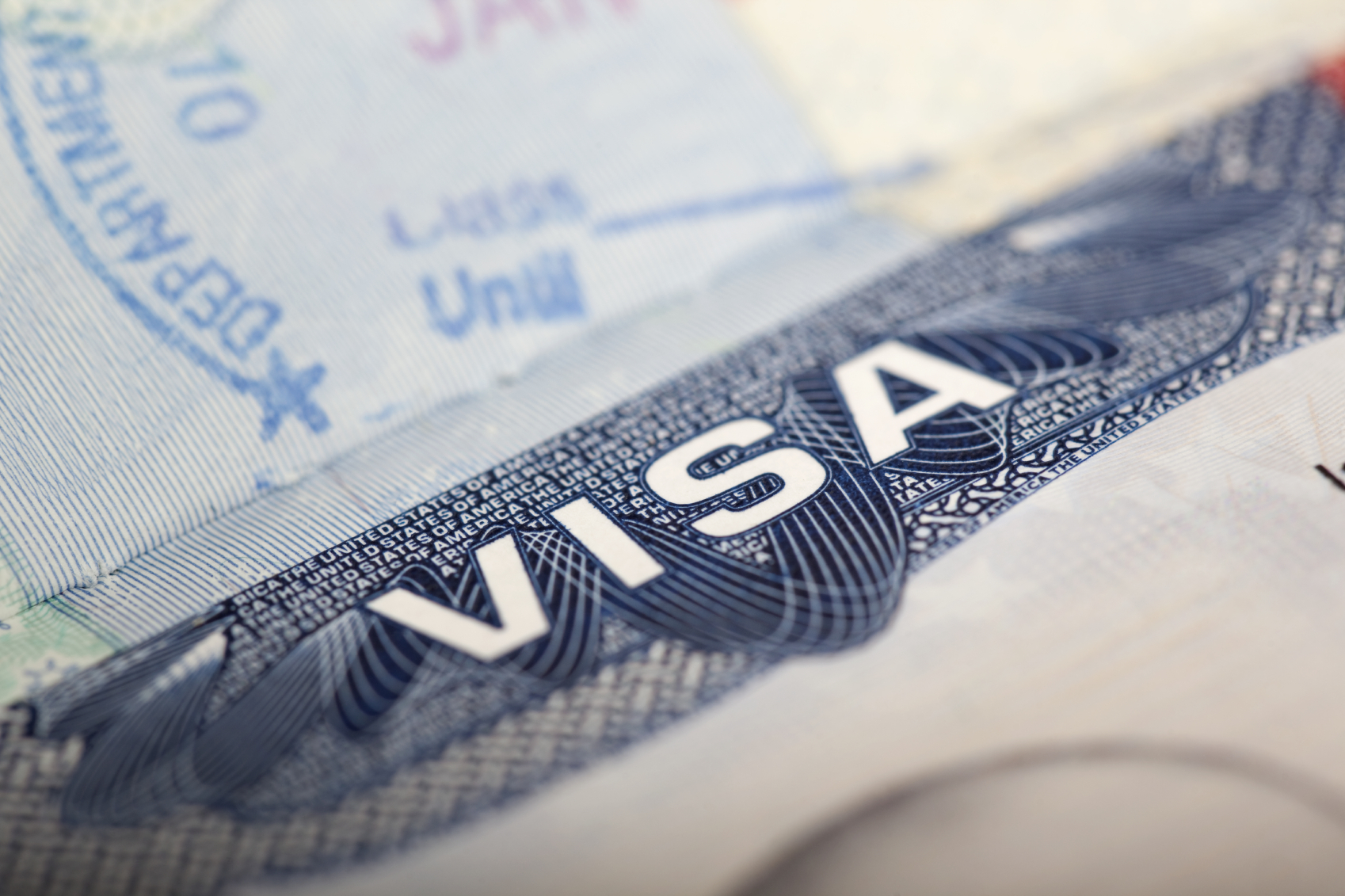By Trust Travel
Choosing a place to go when you have the opportunity to travel can sometimes be overwhelming. However, you can easily narrow your choices down with a thoughtful approach. Considering basic concerns, like what you and everyone else coming along enjoy doing, is an important first step. From there, factoring in how much money and time you have will further help you choose between destinations. Finally, comparing your final choices based on additional concerns, like the time of year and ease of traveling, will help you decide between them.
Determining Goals and Desires:
Consider your interests. Write a list of activities that you enjoy. Brainstorm others that you would like to try for the first time. Narrow down your destination options by knowing exactly what you expect to be there waiting for you.Such activities could include Physical pastimes, like hiking, swimming, or skiing.Cultural activities, such as museums, dining, and theater. Rest and relaxation, such as spa treatments or simply reading a book poolside.
Factor in your current needs
Now that you have created a list of things you enjoy in general, take a step back. Examine your life and situation as it stands today. Ask yourself what you would want most out of a trip if you were to go on one this minute. Then go back through your list and cross out those activities that don’t suit your needs at the moment.
1.For example, if you’ve been working 60 hours per week, fixing your house up during your off-hours, and training for a marathon, you might appreciate more laidback activities that will allow you to unwind.
2.Conversely, if you’re bored stiff by your routine, you may want to climb out of your rut by challenging yourself with more adventurous pursuits.
Related post: How To Celebrate Christmas While Traveling
Take fellow travelers into account
Research travel destinations. Consult online and print publications to find locations offering the experiences that you are seeking. Use tourism websites, travel blogs, and travel guides to gain an idea of what is out there. Search by location or interests (like “Top 10 Destinations for Rock Climbing”). Ask friends, family, or other associates for recommendations and warnings based on their own travels. However, maintain a healthy skepticism when researching. Be on the lookout for: Sources that are attempting to sell you something.Out-of-date information
Reviews based on a different set of criteria than yours.
Determine your budget
Figure out exactly how much you can afford to spend on travel tours. At the same time, determine what luxuries you can and can’t do without. With this info, whittle your list of preferred destinations down even further according to cost.
1.Ask yourself if you are willing to stay at a campground or hostel in order to see the sights you want to see, or if you need comfier accommodations.
2.Make the same call regarding food: is dining out an integral part of your dream vacation, or are you willing to live on peanut butter sandwiches to reduce costs?
Decide how much time you have to travel
Now that you have a firm budget, figure out how long it has to last you. Determine how many days (including travel time) you will spend away from home. Use this number to better decide which activities you want to focus on and how much money you are willing to spend on them.A brief trip (like a week or two) may enable you to spend more on luxuries like fine dining and accommodations. Or, it may make a steady diet of PB&J seem more doable so you can spend your money on things like scuba gear rentals, Broadway tickets, or high-end shopping. A longer trip of a few weeks will allow you to visit multiple places, such as all of Holland instead of just Amsterdam. You may have to sacrifice some luxuries in order to stretch your budget, but with so much time at your disposal, you can also utilize more cost-cutting options, such as indirect flights.
Consider travel deals
Look for all-inclusive or partially-inclusive travel deals that charge a flat fee for things like travel fare, accommodations, and food. Sign up for alerts from companies offering discounted travel or lodging. If you plan on traveling regularly, find companies that offer loyalty programs.
Make sure the destination is safe.
Stay up-to-date about the current environment for each destination. Although it is impossible to foresee every eventuality, be on the lookout for any trends that indicate consistent danger. If traveling abroad, refer to government websites about specific areas. Always consider Health risks, such as outbreaks of diseases. Civil unrest, like protests, riots, rebellions, and war. Spikes and trends in crime. Environmental concerns, like seasons of high-risk.
Follow your gut
If your final choices still seem equally appealing after a second comparison, forget the checklist. Take a step back, clear your head, and give yourself some time. Wait to see which destination you find yourself dreaming about more. Listen to your heart and go with that.
Compromise with fellow travelers
If your group is equally torn between two destinations, work toward an agreement. Ask for everyone’s reasons for their preferred choice. Based on these, try to find a solution by considering things like The likelihood of being able to travel as a group again in the future so you can visit both.Whether individuals in the group will have a chance to go to their top pick on their own in the future.Timely considerations, like the season, special events, and once-in-a-lifetime opportunities.Whether a previous option that has already been nixed for this or that reason should be reconsidered if everyone can agree to it.
Source: WikiHow


 TAFI Certified
TAFI Certified







